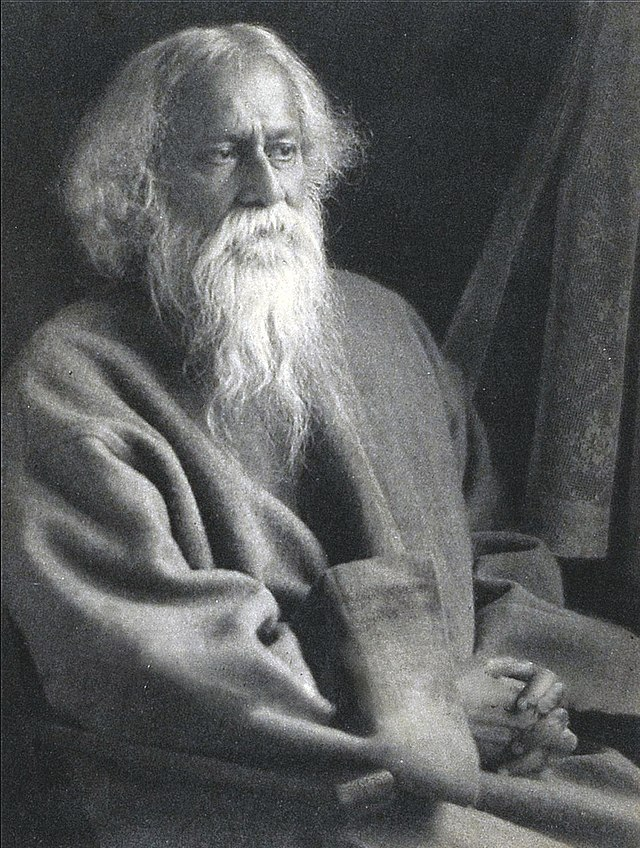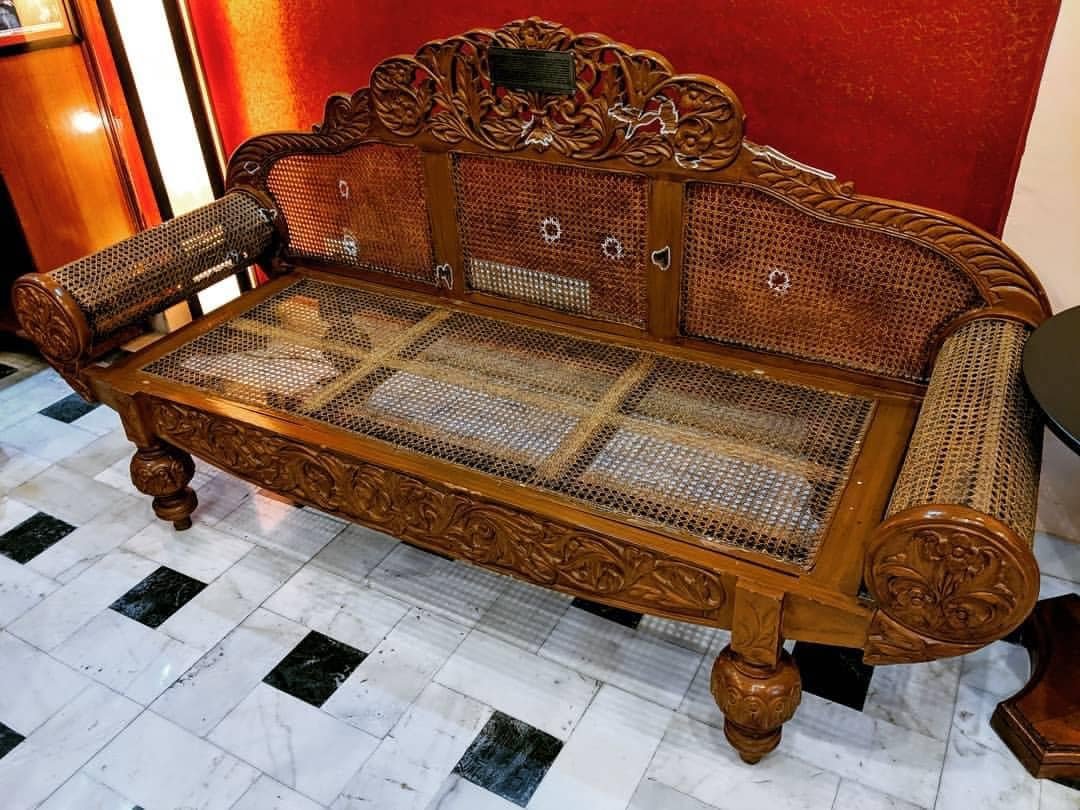Education is the only effective medicine for these trying times. We urge our readers to take a pause & read the excerpts from The Proudest Blue, a children's picture book and NYT bestseller,written by Olympic medalist Ibtihaj Muhammad and S.K. Ali,illustrated by Hatem Aly. (1/10) 

This powerful and vividly illustrated story revolves around two sisters, Asiya and Faizah, and their first day of school and one of them having the first day wearing a hijab, a blue one. (2/10) 

It is Asiya's younger sister Faizah who is the narrator of our little story. During the school day, Faizah's classmates ask about her sister's hijab in a whispering tone, and she honestly explains why. (3/10) 

When Faizah notices other bullies at school laughing at Asiya’s hijab, she thinks about the strength their mother instilled in them. (5/10) 

“Some people won’t understand your hijab, Mama had said. But if you understand who you are, one day they will too.” (6/10) 

The words that are yelled at Asiya are similar to the ones that Ibtihaj heard when she was growing up and was bullied for her religious beliefs shown by wearing a garment of faith. (7/10) 

Bullies are nothing but a faceless shadow filled with hatred. Faizah learnt how to face the hate. We do, too. (9/10) 

‘The Proudest Blue’ delivers an emphatic message of being proud of who you are through a medium of universal storytelling. Don’t forget to buy this amazing book because education is key to making us a little more human every time. (10/10) 

• • •
Missing some Tweet in this thread? You can try to
force a refresh















